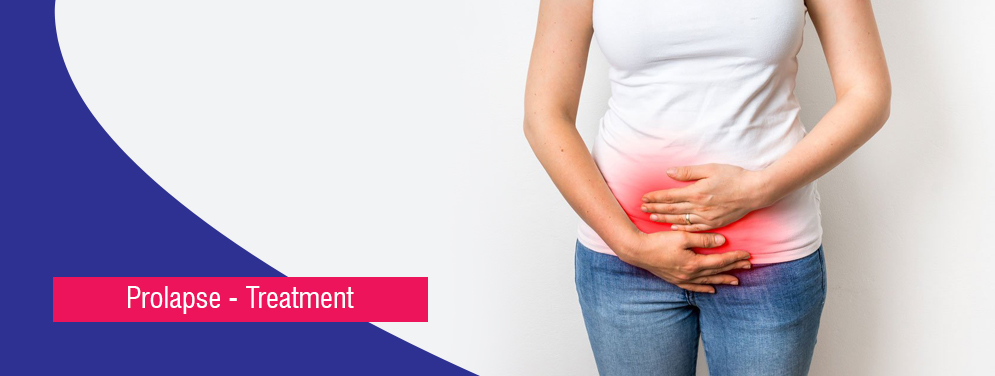
Prolapse Treatment
Uterine prolapse occurs when pelvic floor muscles and ligaments stretch and weaken and no longer provide enough support for the uterus. As a result, the uterus slips down into or protrudes out of the vagina.
Uterine prolapse can occur in women of any age. But it often affects postmenopausal women who've had one or more vaginal deliveries.
Uterine prolapse Symptoms:
Mild uterine prolapse generally doesn't cause signs or symptoms. Signs and symptoms of moderate to severe uterine prolapse include:
Tissue protruding from your vagina.
Trouble having a bowel movement.
The Sensation of heaviness or pulling in your pelvis.
Urinary problems, such as urine leakage (incontinence) or urine retention.
Uterine prolapse Treatment:
Treatment depends on the severity of uterine prolapse. Your doctor might recommend::
Self–care measure: If your uterine prolapse causes few or no symptoms, simple self-care measures may provide relief or help prevent worsening prolapse. Self-care measures include performing Kegel exercises to strengthen your pelvic muscles, losing weight and treating constipation.
Pessary: A vaginal pessary is a plastic or rubber ring inserted into your vagina to support the bulging tissues. A pessary must be removed regularly for cleaning.
